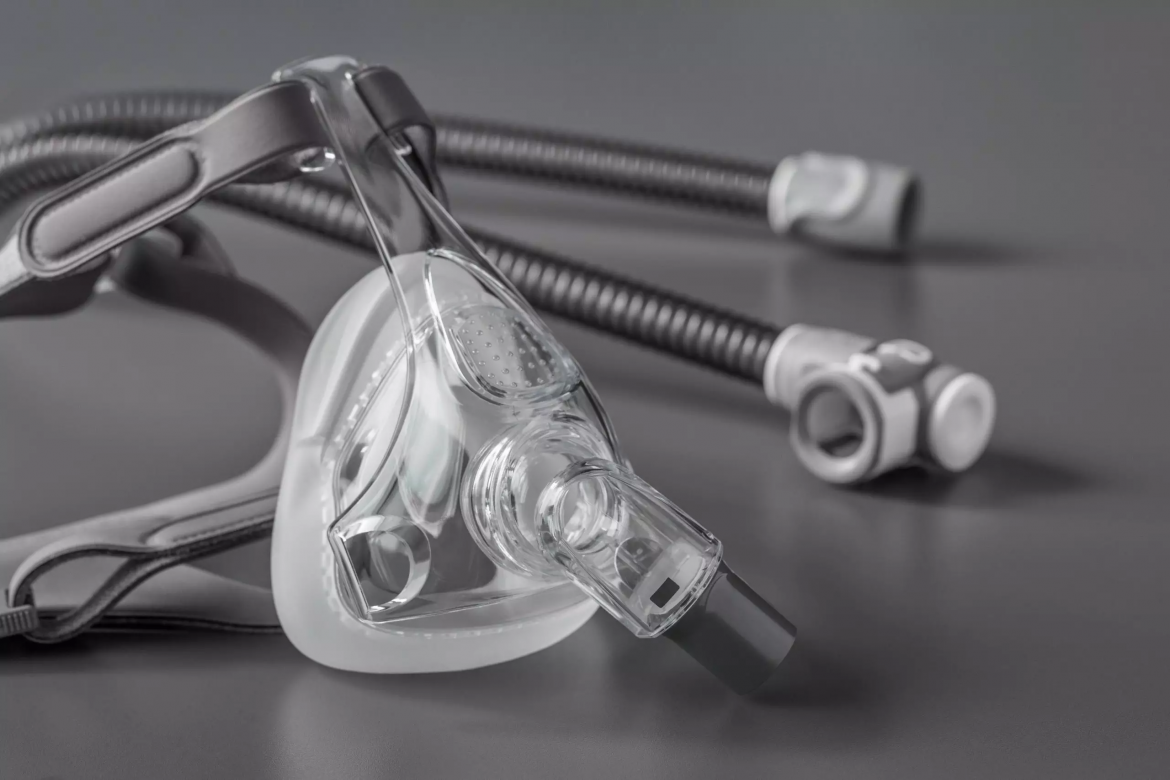Rubber injection molding has become an essential process in industries ranging from medical devices to automotive manufacturing. Companies like Henry Precision specialize in a variety of rubber molding techniques, providing high-quality solutions that meet stringent industry standards. This article delves into three key types of rubber injection molding: liquid silicone rubber injection molding, thermoplastic elastomer (TPE) molding, and traditional rubber molding, highlighting their uses and advantages.
Liquid Silicone Rubber (LSR) Injection Molding
Liquid silicone rubber molding is widely used for high-precision applications, particularly in medical device manufacturing, automotive, and consumer electronics. One of the significant benefits of liquid silicone rubber injection molding is its ability to produce intricate, flexible parts that are resistant to extreme temperatures, UV light, and harsh chemicals. Henry Precision, with its ISO 13485 certified factory, is particularly skilled in providing medical-grade liquid silicone rubber injection molding solutions. Their cleanroom manufacturing processes ensure that products meet the highest standards, from surgical tools to delicate medical devices.
Thermoplastic Elastomer (TPE) Injection Molding
While liquid silicone rubber molding is popular for applications requiring flexibility and heat resistance, thermoplastic elastomer (TPE) molding offers a different set of advantages. TPEs combine the properties of rubber and plastic, making them ideal for applications where both flexibility and rigidity are required. They are commonly used in automotive parts, electronics, and sealing products. Unlike liquid silicone rubber injection molding, TPEs can be processed at lower temperatures, which can be more cost-effective for certain applications.
Traditional Rubber (EPDM, Nitrile) Injection Molding
Traditional rubber molding, such as EPDM (ethylene propylene diene monomer) and nitrile rubber, has been used for decades in a variety of industries. These materials are known for their durability and resistance to wear, making them suitable for products like seals, gaskets, and hose fittings. While liquid silicone rubber molding may be preferred for more sensitive applications, traditional rubber molding still plays a critical role in industries such as printing and consumer goods. Henry Precision continues to apply its expertise across multiple rubber types, providing solutions that meet the exact needs of each industry.
Conclusion
Rubber injection molding is a vital process across many sectors, including medical devices, automotive, and consumer electronics. From liquid silicone rubber injection molding to traditional rubber and TPE solutions, Henry Precision offers a diverse range of services to meet the needs of different industries. Their expertise in precision molding ensures that each product is manufactured to the highest standards, making them a trusted partner for businesses worldwide. Whether it’s creating intricate medical components or durable automotive parts, Henry Precision is equipped to deliver superior results.

